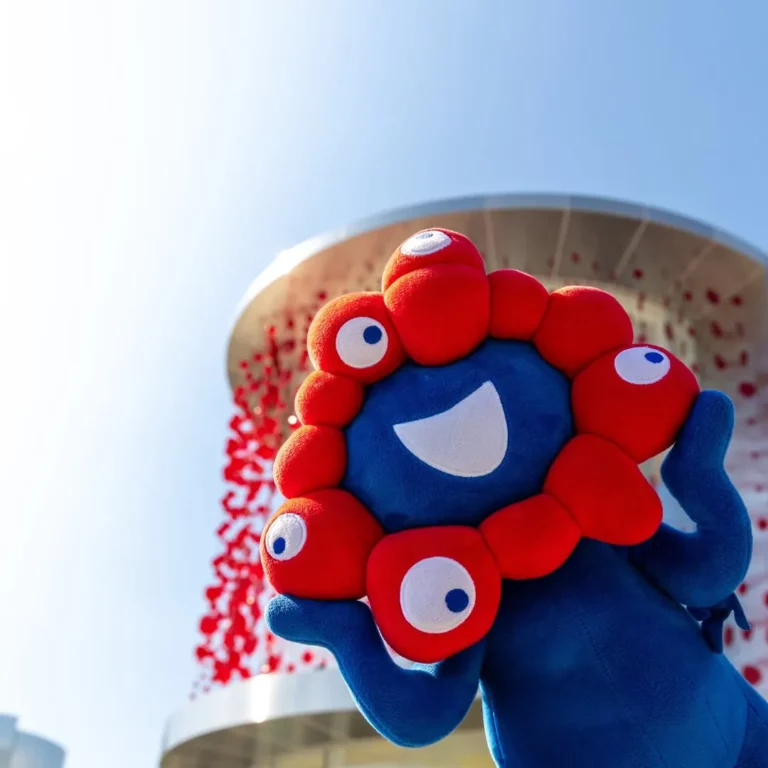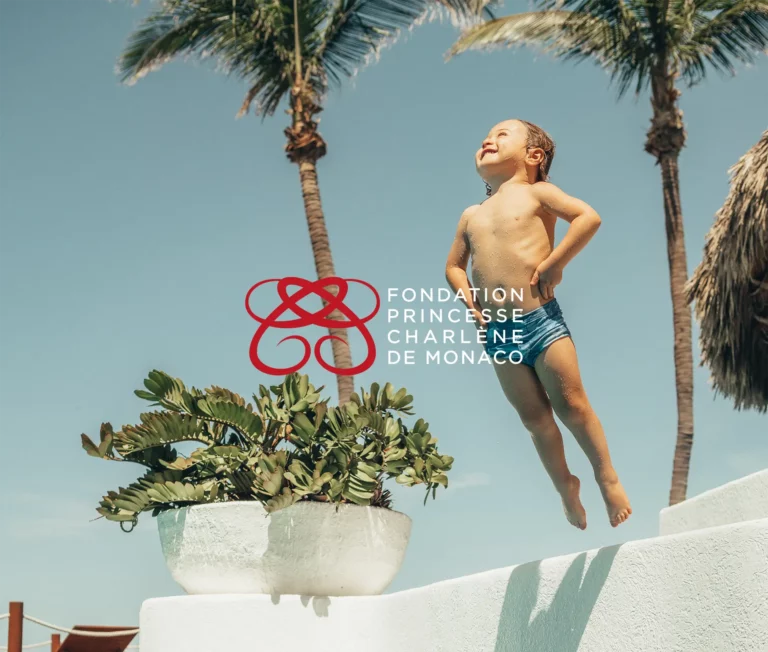Branding and marketing often get blended into one blurred idea, yet they play very different roles. Branding is the identity that makes your business distinct and meaningful in the minds of customers. The American Marketing Association describes a brand as any distinctive feature that identifies your goods or services, which captures this idea well (AMA definition of Brand).
Marketing is a wider discipline. The AMA defines it as the activity and processes for creating, communicating, delivering, and exchanging offerings that have value for customers and society (AMA definition of Marketing). In other words, marketing is how you bring value to market and keep that value flowing.
A marketing strategy is your plan to reach prospective customers and persuade them to buy. It clarifies audience, positioning, channels, budget, and success measures that drive commercial outcomes. Think of it as the playbook for growth (Investopedia – Marketing Strategy).
How they work together
Branding answers who you are and why anyone should care. Marketing strategy answers who you will talk to, where you will show up, and what you will do to move people to action. Strong brands make every marketing action more efficient because people already know you, trust you, and can recall you. Strong strategies ensure that brand meaning translates into attention, leads, and revenue. You can run campaigns without a clear brand, but results will feel fragmented. You can craft a beautiful brand without a strategy, but momentum will stall. The winners invest in both.
Time horizons and effects
Brand building compounds over the long term. It grows mental availability and sets expectations that last beyond any single promotion. Activation tactics such as search, retargeting, and promotions create quick, measurable sales responses, but effects fade fast once spend stops. The most respected effectiveness work from Les Binet and Peter Field shows that growth is strongest when you balance both approaches rather than choosing one (IPA Effectiveness “Long and Short of It”).
Budget guidance you can use
For many consumer markets, a useful rule of thumb is to invest about 60% of the budget in brand building and 40% in activation. This balance has been validated across decades of cases in the IPA databank (IPA – Effectiveness in Context).
In business-to-business markets, the mix usually tilts a little more toward activation. Research from the LinkedIn B2B Institute suggests efficiency is often maximized around 46% brand and 54% activation (LinkedIn B2B Institute – 5 Principles of Growth in B2B Marketing).
What to measure
Match metrics to objectives and time horizons:
- Brand building: awareness, consideration, brand search share, NPS.
- Activation: conversions, ROAS, CAC, revenue.
- Shared: share of voice vs share of market, creative quality, profit contribution.
A practical framework
- Clarify brand foundations
Define purpose, promise, values, and assets such as logo, typography, and tone of voice (AMA Brand definition). - Translate identity into a go-to-market plan
Segment, position, define offers, channels, and messaging (Investopedia – Marketing Strategy). - Balance long-term and short-term
Use 60/40 as a consumer guide, 46/54 for B2B, then adjust to your market (IPA Effectiveness in Context, LinkedIn B2B Institute). - Review together
Track equity and performance as one system. (IPA – Long and Short of It).
Visuals you can use now
- Chart: Illustrative budget split for B2C and B2B
Download the chart - Chart: How effects accrue over time
Download the chart - Table: Branding vs Marketing Strategy — quick reference
| Question | Branding answers | Marketing strategy answers |
| What is it | Your identity and meaning in the market | Your plan to reach and convert demand |
| Primary goal | Build memory, trust, and preference | Drive qualified demand and revenue now |
| Time horizon | Long term compounding | Near term and medium term |
| Owner | Founders, leadership, brand team | Marketing leadership and channel owners |
| Typical outputs | Narrative, values, name, visual system, voice | Targeting, positioning, mix, channels, budget |
| How success is measured | Salience, consideration, price premium, NPS | Leads, CAC, ROAS, conversion, revenue |
| Risk if ignored | Commoditization and price pressure | Wasted spend and missed targets |




